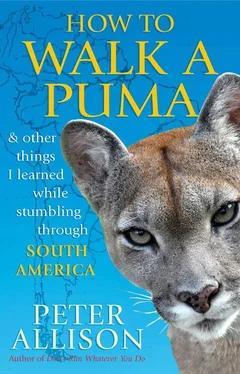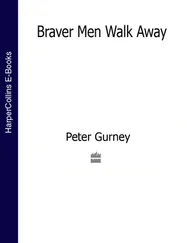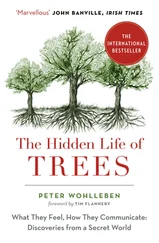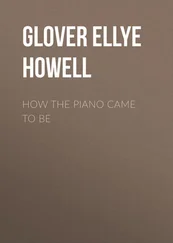Tarli Young for saving me from a planned life of luxury and comfort in Costa Rica, and inadvertently sending me to Bolivia and Inti Wara Yassi instead.
Ben and Kate Loxton for insisting I waste some time in debauchery and laugh myself silly while doing so. And Yahtzee too.
Diana Balcazar for expert guiding while filming in Colombia.
Matt Mitchell and Jonny Hall at Hostel Revolution, Quito.
John Purcell and Tamsin Steel for putting me up—and putting up with me—when I was recently single and a moping dullard.
Louis, Hoens and Jan Louis Nortje who gave me somewhere to stay during the main editing phase of this book, far from South America in Namibia.
And finally, thanks to the team at Allen & Unwin—Louise Thurtell, Clara Finlay and Angela Handley.
Peter Allison has led safaris in South Africa, Botswana and Namibia. It was his love of animals that first led him to Africa at the age of 19, and by the late 1990s he’d graduated from being a safari guide himself to leading the training of guides for the region’s largest safari operator. Peter has led safaris that have featured in such magazines as Vogue and Conde Nast Traveller . He has also assisted National Geographic photographers and appeared on television shows such as Jack Hanna’s Animal Adventures . In between globetrotting the world as a marketeer for Africa’s leading safari company, he divides his time between Sydney and Cape Town.
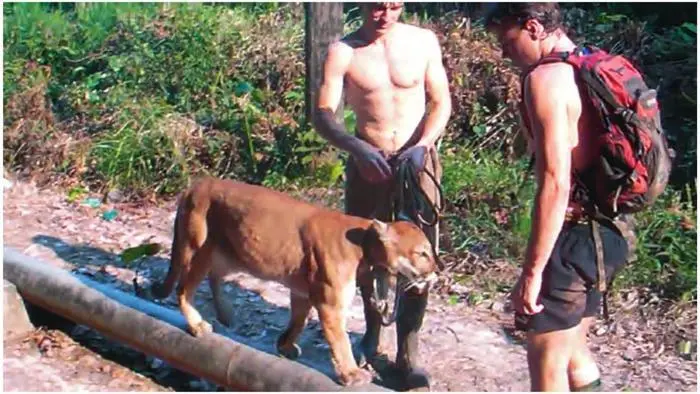
Roy the puma loved his jungle trails, but also had a strange penchant for walking on top of pipes. The Roy Boys would try to emulate him—the first person to slip had to buy that evening’s beers. And would most likely get bitten for their impudence.
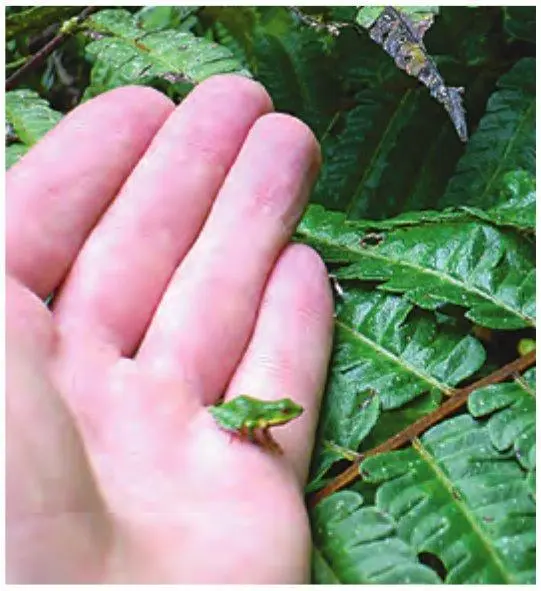
Pumas and jaguars may seem fierce, but South America’s deadliest animals are frogs with skin so poisonous just touching them can be fatal. I probably shouldn’t have picked this little fellow up then.
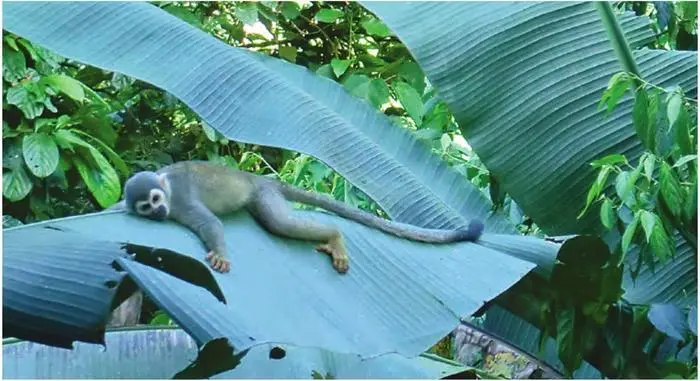
This squirrel monkey made himself an inverted hammock outside my room at Sacha Lodge.
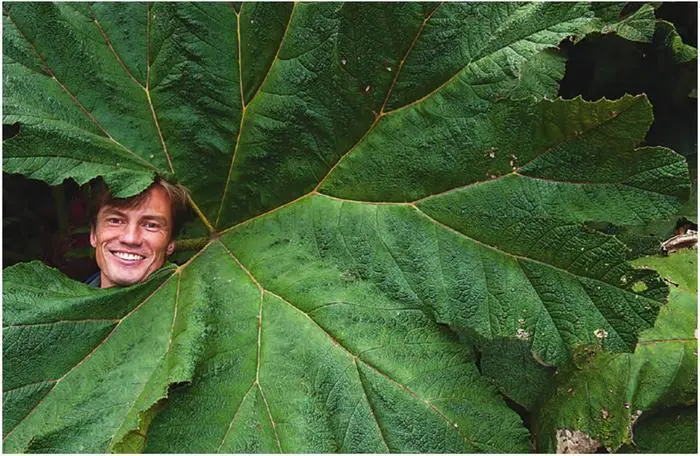
Cabbage Patch Kids grow up eventually. Maybe one day I will too.
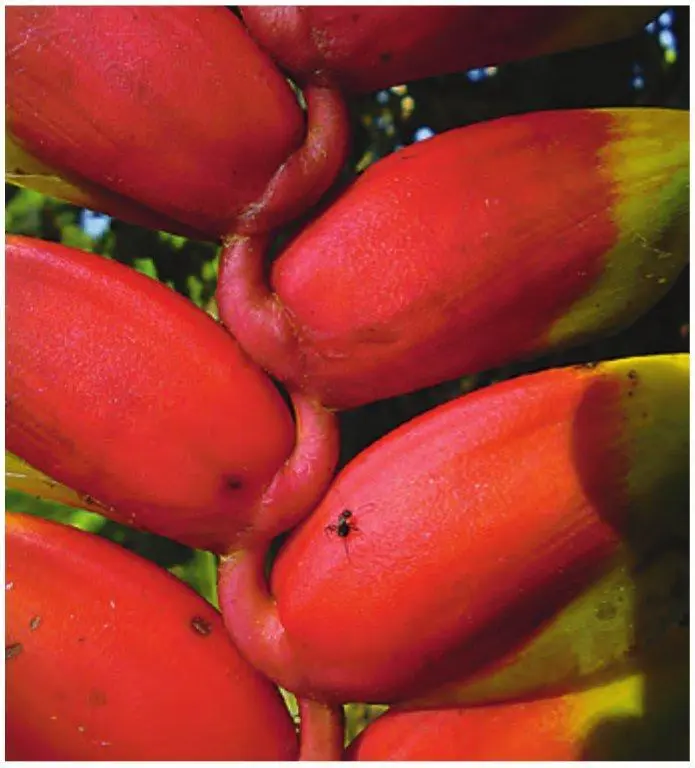
Detail of a Bird of Paradise flower, an example of the extravagant flora in the Amazon basin.
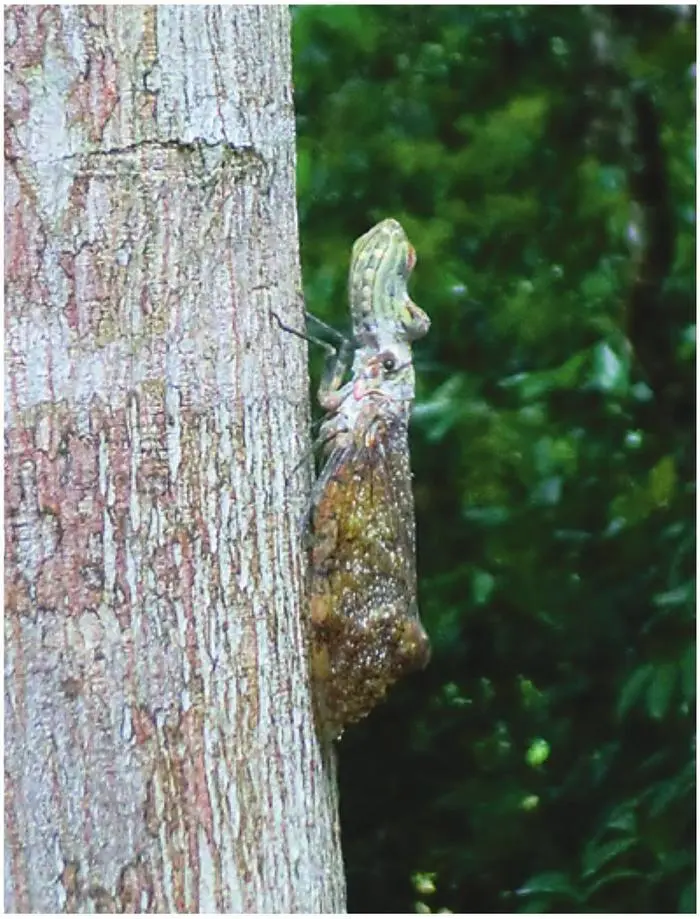
… almost as extravagant as the insect life (right)—this fellow is a Lantern or Peanut Bug. The Kichwa believe that if one bites you you must have sex within 24 hours or die. I’m pretty sure a man came up with that.
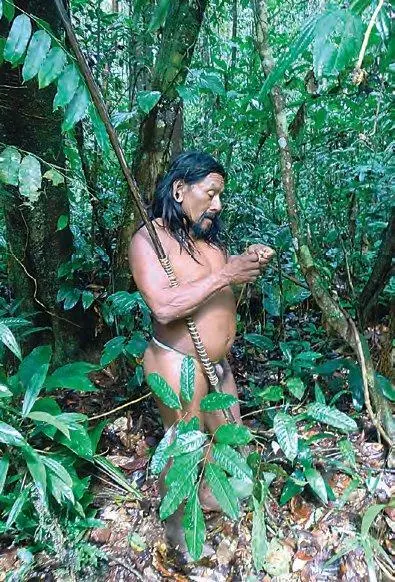
The amazing Omagewe, born before his tribe (the Huaorani) had any contact with the outside world and still living a mostly traditional lifestyle. He showed me the jungle in a way few living people could.
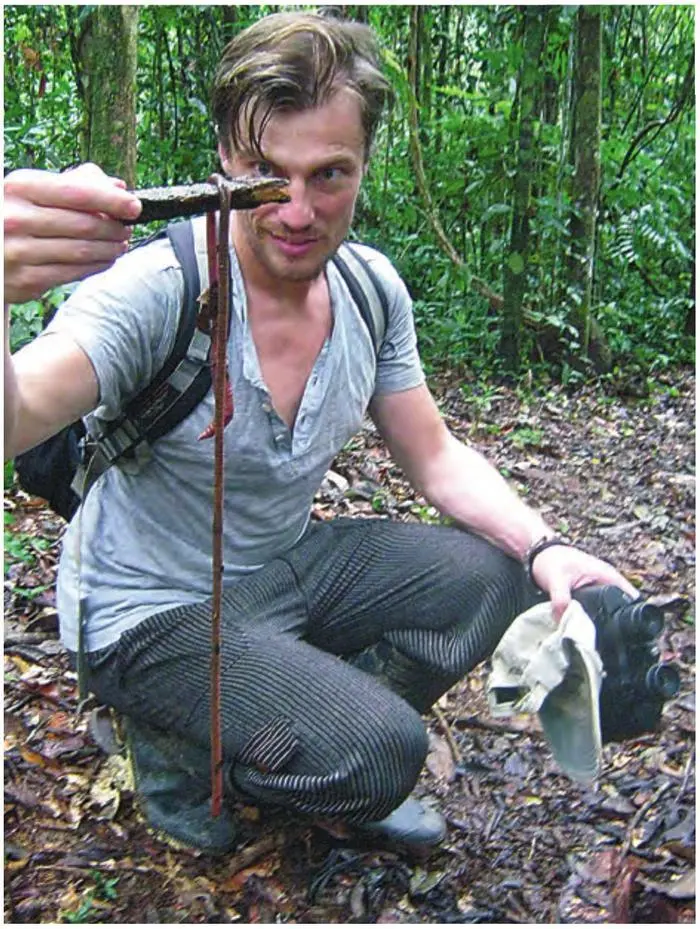
The caecilian looks like an overgrown earthworm the size of a snake, but is neither. It is one of the bizarre animals that attracted me to South America—an amphibian that lives underground.
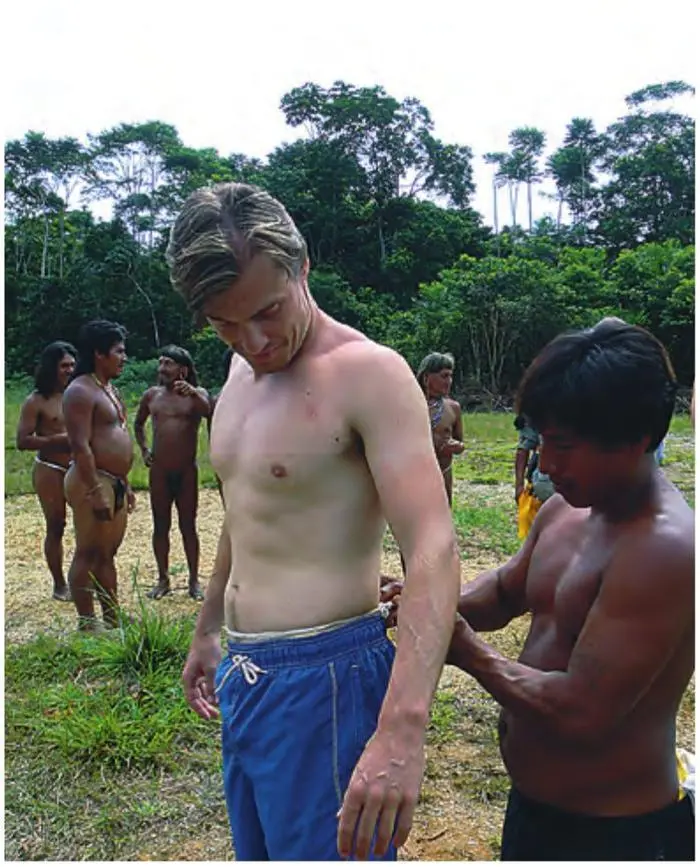
Getting fitted for my string (made from the fibres of a local palm tree)—the string would be all I wore for much of my time with the Huaorani.

…all I wore apart from sunscreen, which I was sorely in need of, and merely sore without.
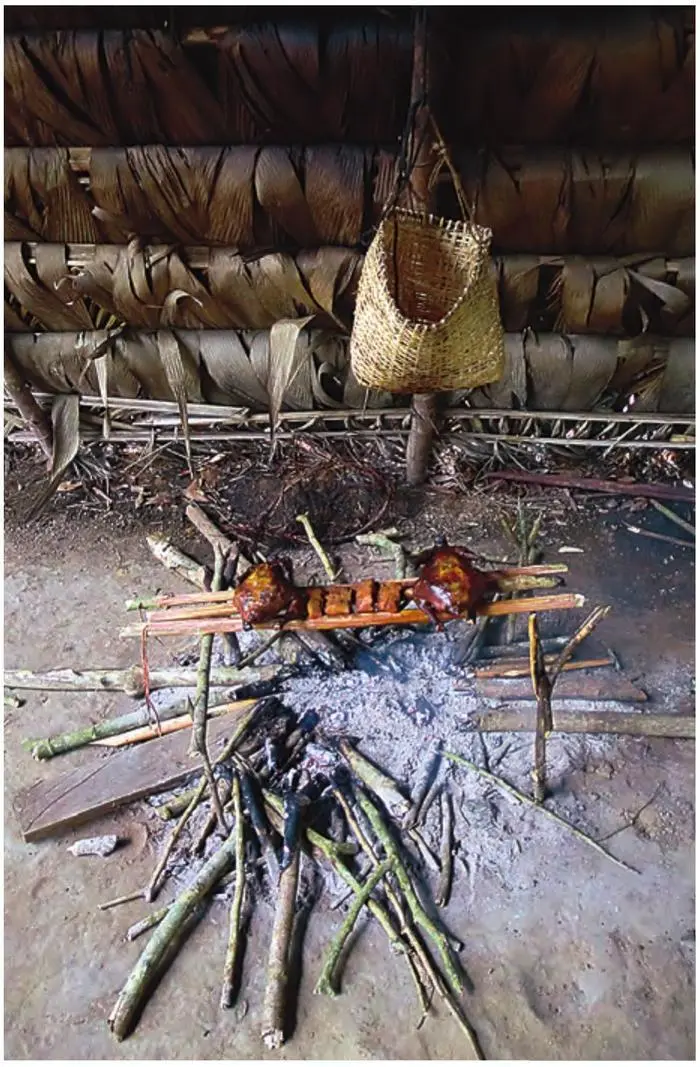
As my time with the Huaorani wore on, stocks from the outside world dwindled. This smoked chicken would be my last familiar meat and soon I was sampling paca (a long-legged forest relative of the guinea pig) among other new treats.
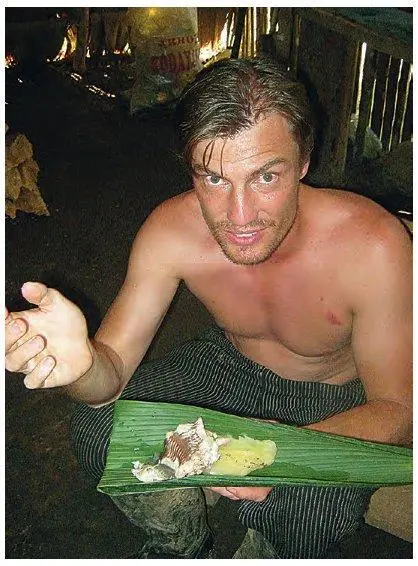
This fish and cassava would have been delicious on any other day, but a mystery lurgy laid me low and I almost offended my hosts by refusing it.
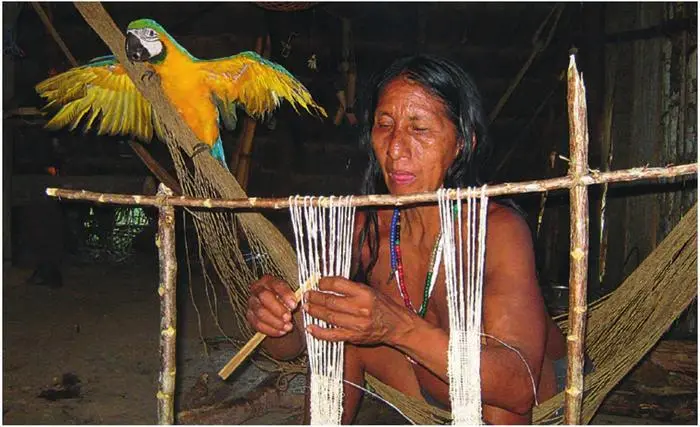
Omagewe’s wife (whose name I could never pronounce) made this loom in less than a minute, then wove me armbands, which included strands of Omagewe’s hair that he hacked from his head with a machete.
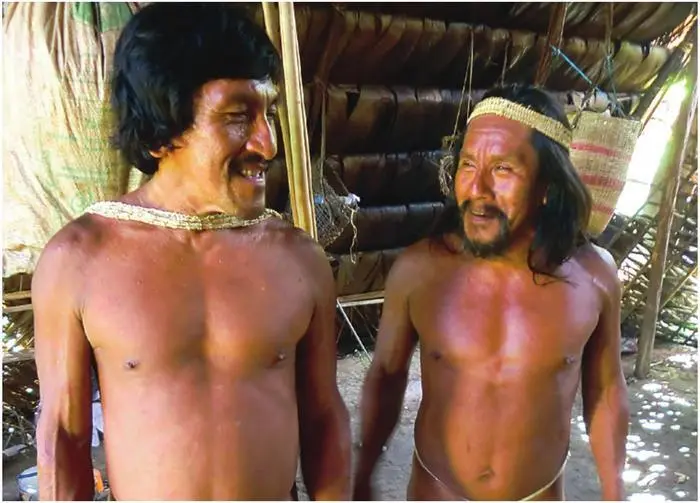
Many of the older Huaorani dress traditionally most days, despite having access to modern clothing.
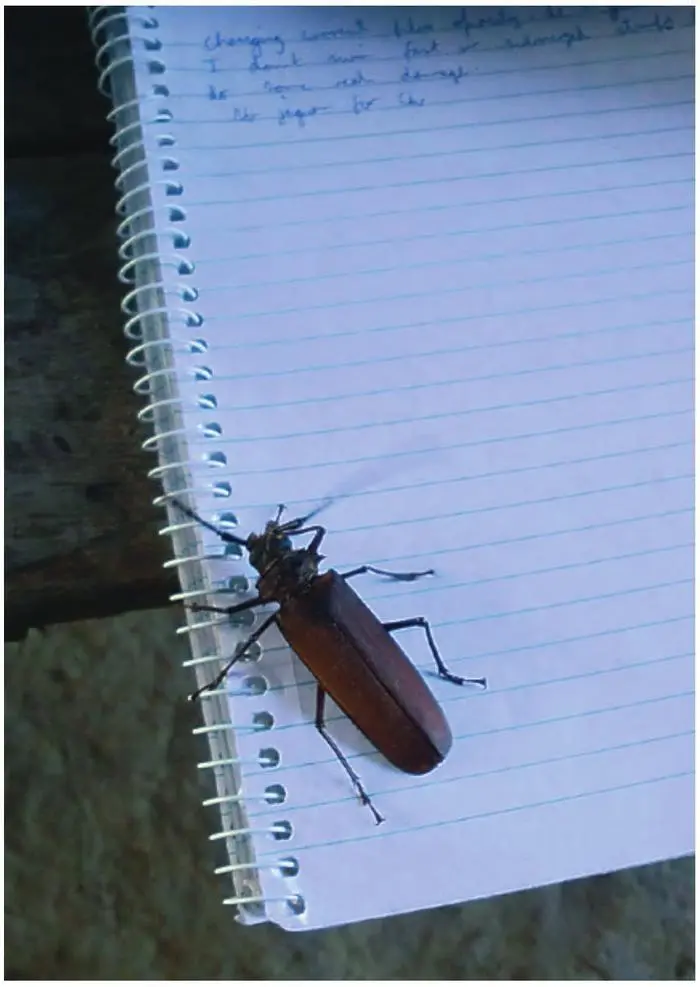
I kept a diary for the first time in twenty years while in Yasuni National Park with the Huaorani, and kept it despite the moulding humidity and occasional interruptions, like this Borer beetle that fell from the thatch onto the page.
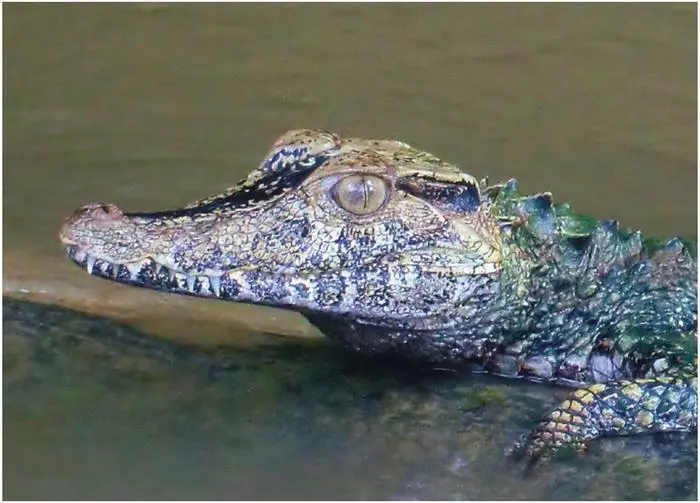
A Dwarf Caiman, innocuous as it never grows to more than two metres. I was very happy to see it, but more than anything I wanted to see a jaguar.
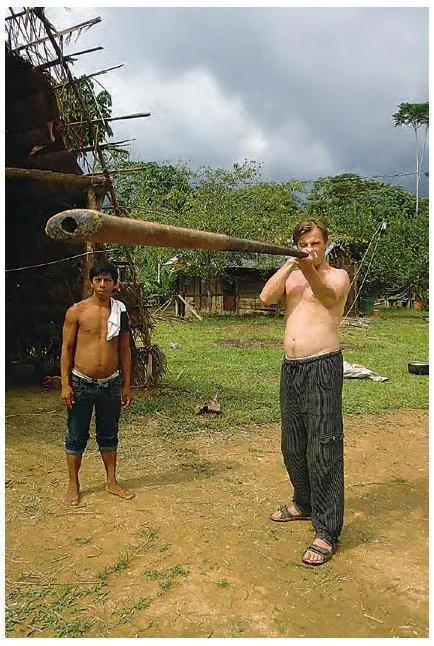
The longest blowdarts in the Amazon are made by the Huaorani, but are meant to shoot things above them, such as birds or monkeys, and are too heavy to hold straight in front of you as I am attempting here.

Otobo holds a lantern bug, maybe wondering if his wife will believe the Kichwa legend about them.

First published in the UK by Nicholas Brealey Publishing in 2012
Читать дальше
